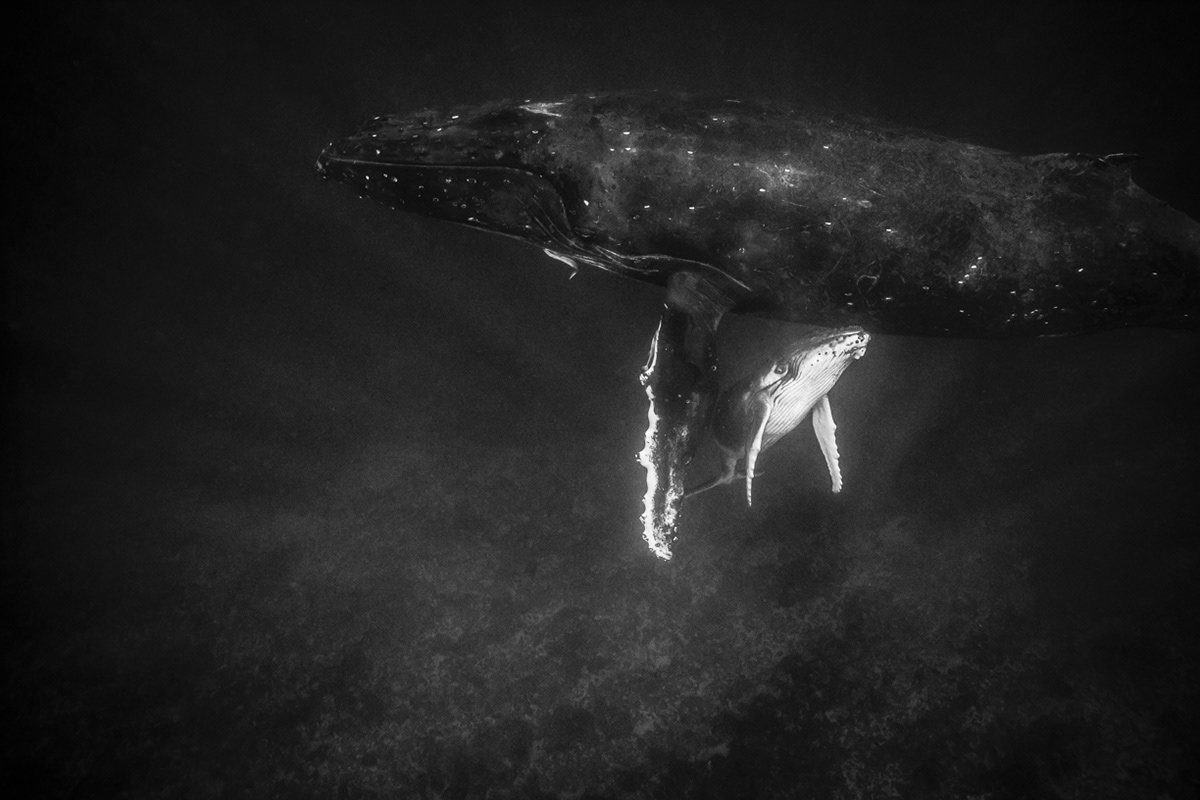
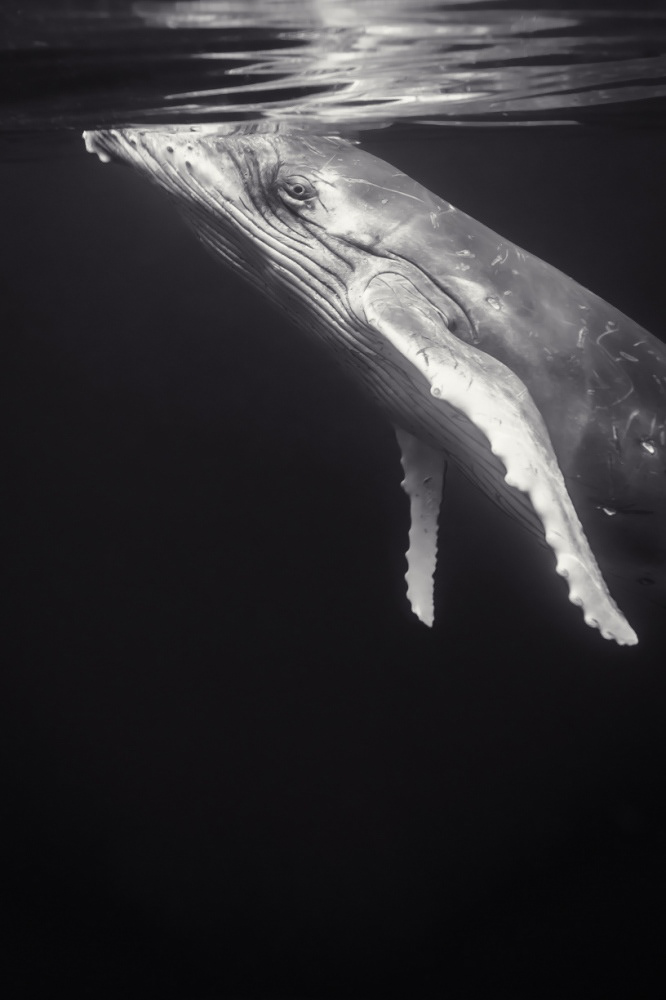
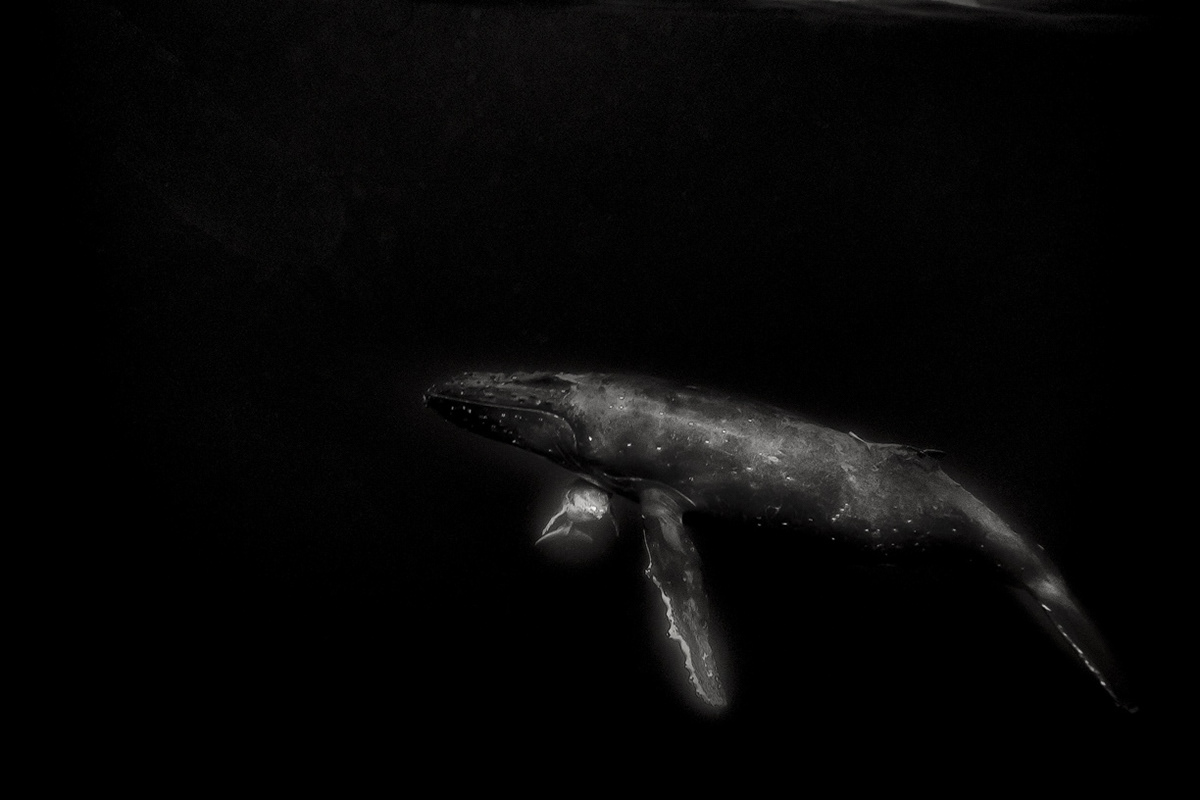
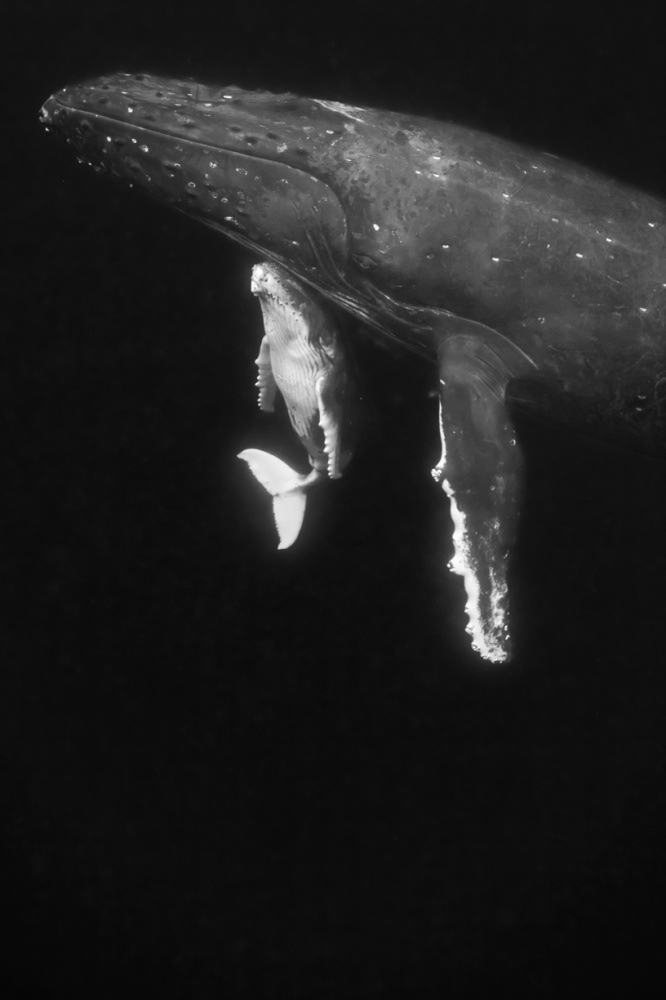
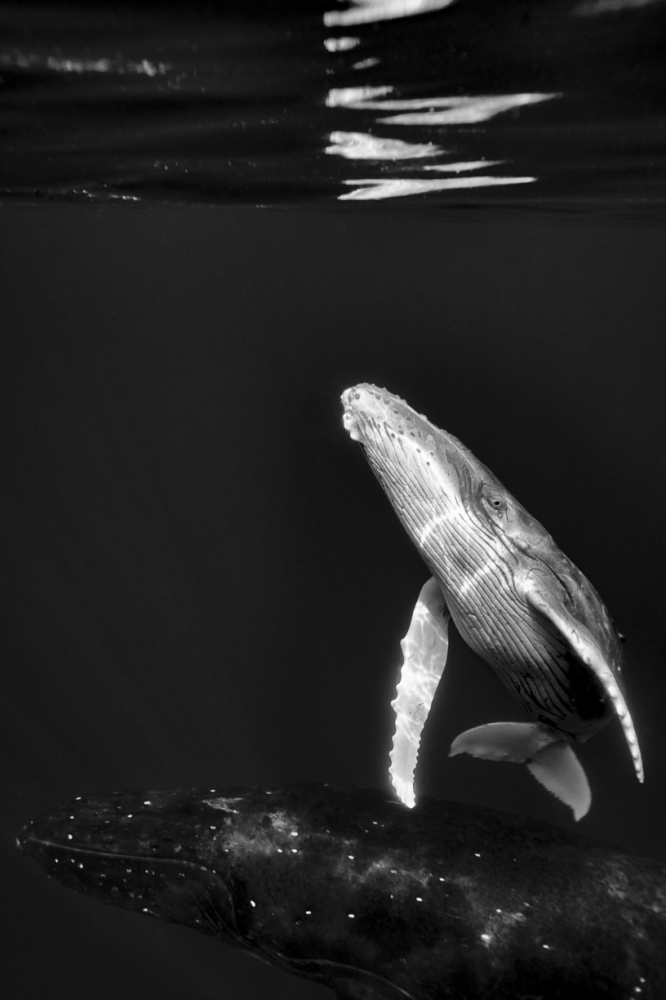
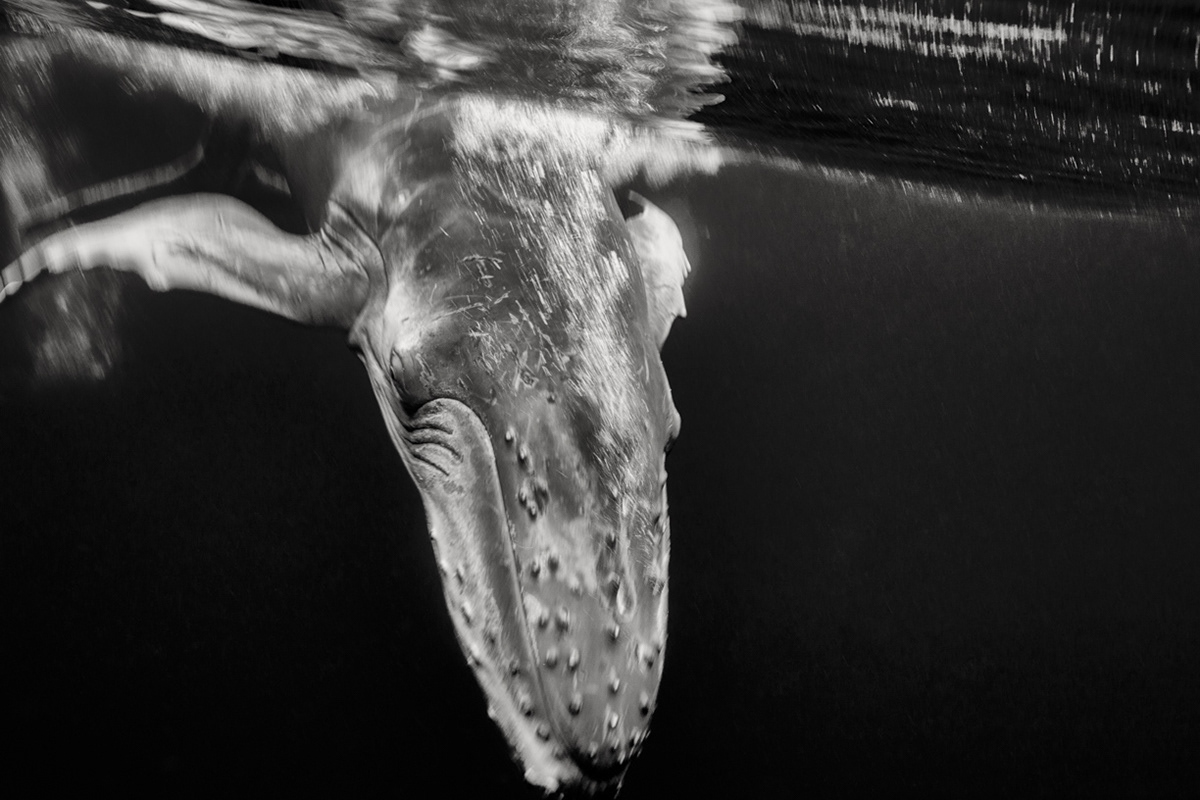
In 2014, I embarked on an extraordinary expedition to Vava'u, Tonga, a breathtaking South Pacific Archipelago, capturing the epic odyssey of Humpback whales. Their awe-inspiring migration from the Antarctic's frigid waters to Tonga's serene, warm depths became an award-winning international work.
The Humpback whales, iconic giants traversing oceans annually for up to 16,000 km, embody the majesty of nature. From the polar feeding grounds to the tropical birthing realms, their migratory journey reveals the enduring beauty and challenges faced by these magnificent creatures.
My unparalleled encounter with the Humpbacks in Tonga fueled my dedication to environmental conservation. It strengthened my resolve to safeguard and cherish these incredible beings, advocating fervently for their preservation in the face of escalating challenges.